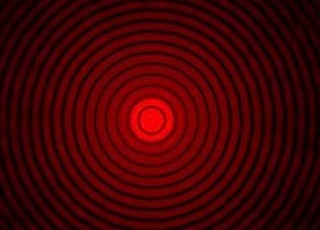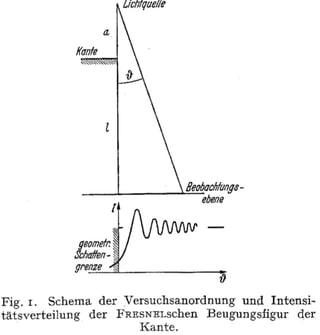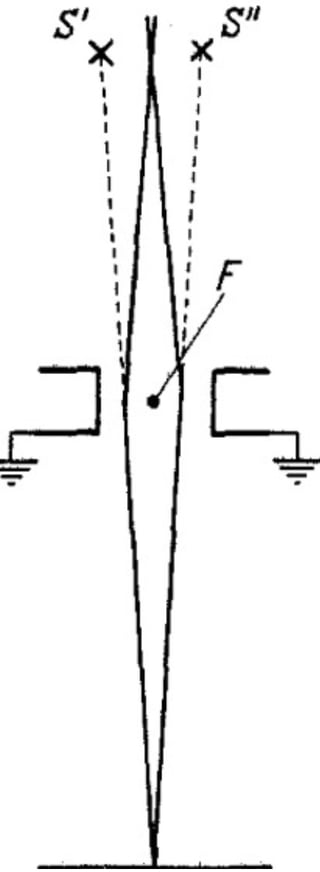Electrons (and photons, for that matter) create interference patterns even when there is an insignificant chance for more than one of them to be present in the apparatus at once
It is quite an easy experiment to do, and has been done many times. Simply turn the intensity of the electron emitter down, and record the position of flashes on the screen at the back as individual electrons strike it. Plot these locations one by one over minutes, hours or days on a scatter diagram, and gradually, the familiar two-slit interference pattern will build up.
Furthermore, one may think, "lets try to detect which slit the electron goes through". It's possible to add a coil which registers the passage of an electron through one of the two slits. What then happens, is that the mere possibility of observation of the electron at the slit (for the electrons which go through the other slit) causes the distribution of the electrons arriving at the screen to change. There is now no two-slit interference pattern!
There's a third variant where one places a long thin magnetized needle between the slits. The magnetic field outside the needle is negligible, and yet the interference pattern is markedly shifted sideways. The electron "sees" the inside of the needle, even though the electron does not have sufficient energy to penetrate the thickness of the needle more than an infinitessimal fraction of the time.
Quantum mechanics is verifiably wierd (as in, very small things confound all our prejudices built up during a lifetime of observing macroscopic objects). What this experiment is showing, if you insist on interpretation in words rather than mathematics, is that a single un-observed electron (or the probability density of a single un-observed electron) goes through both slits and in some sense interferes with itself. Start spying on which slit the electrobn passes through, and you will then establish what is the diffraction pattern of an electron going through a single slit, because your added observation means that you know the electron did go through just one of the slits.
Asking how can that be, is a sensible question to which we have basically no answers at present. It just is. Rejecting observation in favour of deep personal or theological conviction is an exercise in scientific futility. My personal formulation of this is "don't argue with the universe. It's much bigger than you are, and it always wins". Some day, maybe, we'll start to find out how and why the universe is made the way it is.
For even greater wierdness spanning light-years, look up the Hanbury Brown and Twiss intensity interferometry experiment!
 Please let me know whether I am right or wrong
Please let me know whether I am right or wrong 





